Over the past time, Hau Giang has encouraged and implemented circular economy in many different fields, bringing socio-economic and environmental benefits and associated with sustainable development.
In the Mekong Delta, every year pangasius farms discharge more than 10 billion m3 of wastewater containing about 51,336 tons of nitrogen and 16,070 tons of phosphorus without treatment; every year, about 1,790 tons of snailicide active ingredients, 210 tons of herbicide active ingredients, 1,224 tons of pesticide active ingredients and 4,245 tons of fungicide active ingredients are used in excess in agricultural production. In recent years, industrial parks and industrial clusters in the Mekong Delta have also been challenged by the risk of environmental pollution. The situation of domestic solid waste, industrial solid waste and toxic chemicals discharged into the environment is quite large; if not overcome soon, it will affect the development of agriculture and negatively affect the quality of life of the people.
With global economic integration, Vietnam has been participating in many new-generation free trade agreements (FTAs) with many countries and economic regions, including commitments on environmental safety standards. Therefore, the application of the circular economy model is an inevitable trend towards sustainable development.
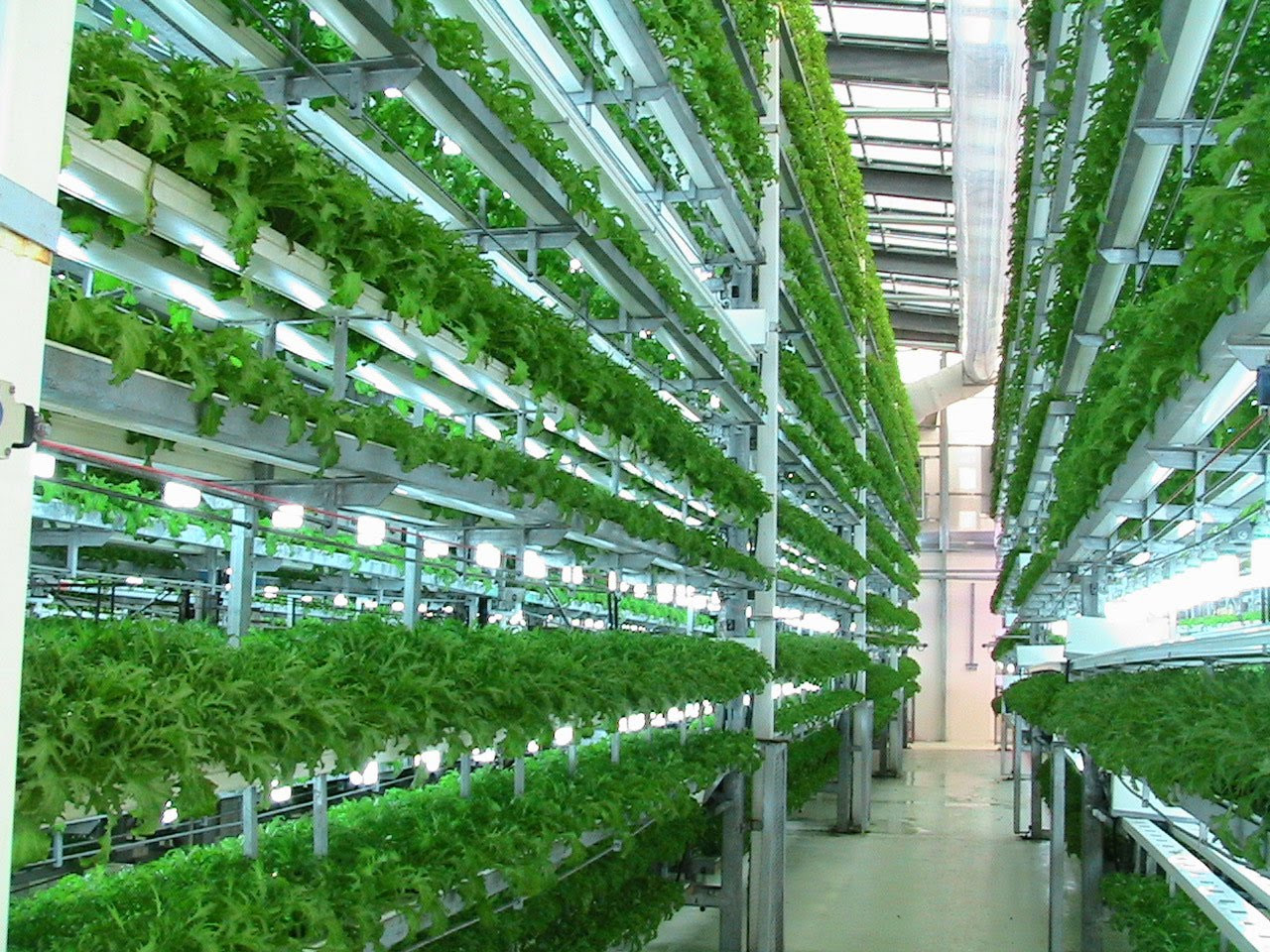
The model of clean agriculture and organic agriculture is being widely deployed
In that trend, implementing a circular economy is aimed at design, manufacturing and service activities that aim to prolong the life of materials and eliminate negative impacts on the environment, thereby minimizing damage to quality of life through waste recycling solutions, using recycled materials as input materials to save natural resources. It is also the management and rational use of renewable natural resources, waste management by recycling to optimize the value on the principle that the materials and resources are used. The longer it is, the more value is derived from them.
Implement circular economy in many different fields
From that spirit in the past time, Hau Giang has encouraged and implemented the circular economy in many different fields, bringing socio-economic and environmental benefits and associated with development lasting.
The development strategy orientation of Hau Giang province in the period of 2021-2030, with a vision to 2050, focuses on five components: industrial development, agriculture and rural development, building key clusters and urban development.
According to the Department of Planning and Investment of Hau Giang province, Hau Giang will focus on developing the fields of industry, agriculture, urban areas and tourism. In particular, in the period of 2021-2025 and the following years, the development strategy of Hau Giang province in the period of 2021-2030 is expected to attract domestic and foreign enterprises, creating a driving force for socio-economic development.
Along with that, Hau Giang province aims to restructure the agricultural industry, develop agriculture in a sustainable way, prioritize resources to support businesses and cooperatives, promote the development of clean and organic agriculture. , applying high technology in production, especially attracting projects to implement circular economy.
Currently, Hau Giang has attracted two projects of agricultural production and processing zones, focusing on developing circular economy, with a total investment of nearly 40,000 billion VND.
Agricultural product processing and production zone project focused on developing circular economy (AGINE) invested by THD Vietnam Project Development Joint Stock Company, in Nhon Nghia A commune, Chau Thanh A district, with total investment is nearly 21,700 billion VND.
In addition, the project of the agricultural and aquatic product processing and production zone focusing on developing circular economy (GREENDEVI) is jointly run by THD Vietnam Project Development Joint Stock Company and the Mechanical Construction Joint Stock Company. THD Vietnam’s agricultural community is the investor, in Tan Phuoc Hung commune, Phung Hiep district, with a total investment of more than VND 18,000 billion.
These are two project complexes on cultivation – animal husbandry – closed and circular processing. In which, the main products are organic food, microbiological fertilizers, high-quality livestock products and renewable energy, the output of this component is the input of other components, so there is no waste solid, wastewater is treated to ensure environmental sanitation.
It is estimated that the total revenue from these two project complexes is nearly 24,000 billion VND/year, over 1,000 billion VND/year paid to the state budget, creating jobs for about 3,000 workers, with an income of about 180 million VND/year.
These are two large-scale projects not only of Hau Giang, but also of the region and the whole country, in line with the current status of agricultural land use planning of Hau Giang province.
The scale of the project is completely consistent with the new orientation and policy of the Central Government on the development of ecological agriculture, agricultural economy and circular economy of the Government.
At the same time, the project is also consistent with the policy and orientation of Hau Giang province on four-pillar economic development, in which the agricultural pillar is the pillar of the economy. Thereby, the province has also determined preferential policies for investment to attract processing and production of agricultural, forestry, aquatic products and raw materials in the area.
Cuu Long
Source: https://vietnamnet.vn/hau-giang-thuc-hien-kinh-te-tuan-hoan-de-phat-trien-ben-vung-2036638.html

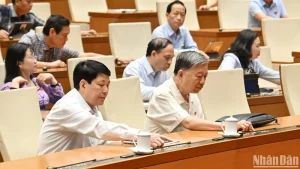
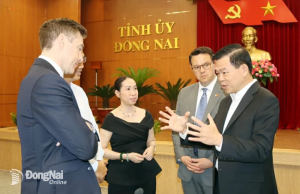
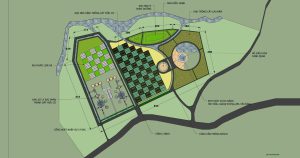
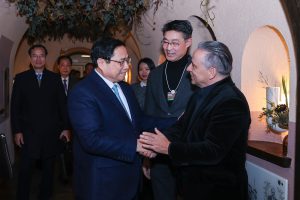
Leave a reply